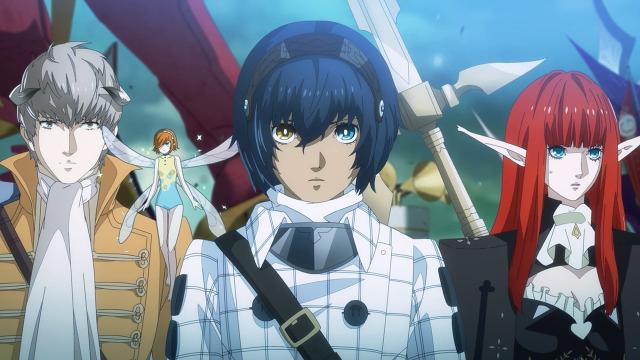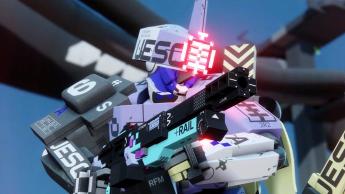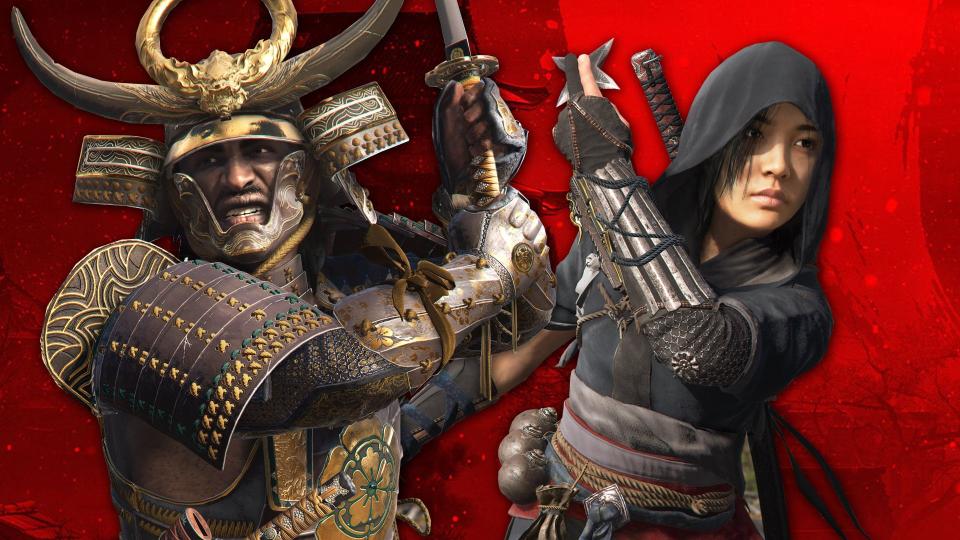Director Katsura Hashino has announced that Japanese role-playing games (JRPGs) are entering a transformative phase, termed JRPG 3.0, which aims to fundamentally change the genre's structure and presentation. Speaking at the G-Star 2025 conference, Hashino highlighted how JRPGs have evolved from their roots in classics like Dragon Quest and Final Fantasy (JRPG 1.0) to a more responsive modern style (JRPG 2.0). He anticipates that future JRPGs will offer greater depth and dimensions, setting the stage for a new generation of gaming experiences. Notably, this evolution has spurred discussions about combat mechanics, especially regarding turn-based systems. Naoki Hamaguchi, co-director of Final Fantasy 7 Remake Part 3, indicated that player experience will be a priority in future RPG developments, without a definitive commitment to traditional mechanics. Clair Obscur: Expedition 33, which has achieved significant commercial success and critical acclaim, exemplifies the potential for traditional-inspired turn-based gameplay to resonate with modern audiences.
What is JRPG 3.0 and how does it differ from previous generations?JRPG 3.0 represents an evolving phase of role-playing games that aims to innovate and expand the genre's structural and presentation elements, building upon the responsiveness and immersive quality seen in JRPG 2.0. This upcoming generation seeks to deepen player experience and may introduce unique gameplay mechanics that prioritize storytelling and visual quality.
Clair Obscur: Expedition 33 is a standout title that reflects the current landscape of JRPGs, merging traditional turn-based mechanics with modern advancements. Its impressive sales, rapid expansion in popularity, and multiple nominations at The Game Awards highlight the genre's renewed interest among gamers, making it a pivotal example in the conversation about the future of JRPGs.








Comments
No comments yet. Be the first to comment!